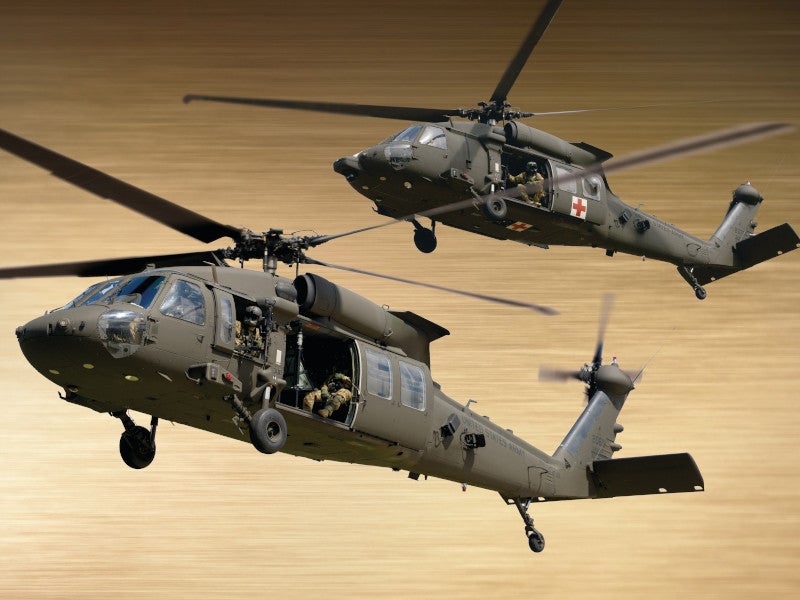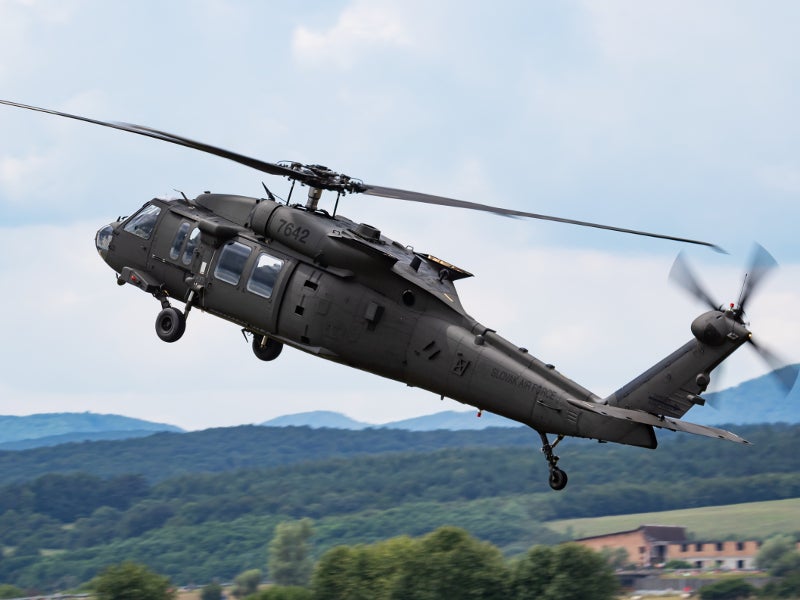UH 60 Helicopter Maintenance: A Comprehensive Overview for Pilots
UH 60 Helicopter Maintenance: A Comprehensive Overview for Pilots
Blog Article
Understanding the Mechanics and Design Behind Uh 60 Helicopters
The UH-60 helicopter, generally understood as the Black Hawk, stands as a peak of modern-day rotorcraft innovation, symbolizing a blend of robust design and detailed auto mechanics. As we peel back the layers of the UH-60's design, a globe of detailed systems and precise engineering comes to light.
History of UH-60 Helicopters
The history of UH-60 helicopters traces back to the late 1970s when the United States Army looked for a functional and sophisticated utility helicopter to change its aging fleet. In feedback to this demand, the Sikorsky Aircraft Firm created the UH-60 Black Hawk helicopter. Introduced in 1979, the UH-60 swiftly ended up being a staple in armed forces procedures due to its outstanding capacities.
The UH-60 was made to stand out in a selection of missions, consisting of army transportation, medical discharge, digital warfare, and unique operations. Its capacity to adapt to different duties made it an important asset to the united state Army and other military pressures worldwide
Over the years, the UH-60 platform has actually undergone a number of upgrades and variants to boost its efficiency and maintain pace with evolving mission needs. These helicopters have seen considerable solution in disputes such as the Gulf War, Afghanistan, and Iraq, showcasing their reliability and versatility in diverse operational environments. The UH-60's rich background is a testament to its enduring legacy as a leading energy helicopter.

Engine and Power Equipments
Utilizing innovative propulsion modern technology, UH-60 helicopters are outfitted with advanced engine and power systems to ensure ideal performance and reliability in a variety of operational circumstances. The UH-60, typically referred to as the Black Hawk, is powered by 2 General Electric T700-GE-701D engines, each efficient in delivering up to 1,940 shaft horse power. These turboshaft engines supply the essential drive for the helicopter to perform its objectives properly, consisting of army transportation, medical emptying, and battle support.

Rotor System and Aerodynamics
How do the blades system and aerodynamics of UH-60 helicopters add to their functional efficiency and flight capabilities? The rotor system of the UH-60 helicopter plays an important function in giving lift and propulsion. The UH-60 features a four-bladed, totally verbalized rotor system that enables high ability to move and stability throughout flight. This design allows the helicopter to do a wide variety of missions, from transport and medical emptying to fight procedures.
Aerodynamics likewise play a vital role in the performance of UH-60 helicopters. The structured body and blades blade style reduce drag, permitting the helicopter to attain higher rates and far better gas effectiveness. The aerodynamic style of the UH-60 likewise adds to its capacity to operate in varied environmental problems, consisting of warm temperature levels and high altitudes.
Avionics and Flight Control Equipment

In its elaborate coordination with the rotor system and aerodynamics of UH-60 helicopters, the avionics and flight control systems create a critical network of technologies forming the aircraft's functional capacities. In the UH-60, these systems consist of electronic screens, interaction radios, General practitioner navigation, climate radar, and auto-pilot systems.
The trip control systems of the UH-60 are accountable for converting the pilot's inputs right into the proper adjustments to the blades system, ensuring steady trip and maneuverability. These systems are composed of hydraulic actuators, servos, and computers that collaborate to control the main and tail rotors, along with various other flight control surface areas. By precisely handling the helicopter's flight characteristics, Read Full Article these systems make it possible for pilots to carry out a wide variety of goals, from transport and search-and-rescue to combat operations, with precision and confidence.
Duty and Applications in Aviation
Avionics systems in UH-60 helicopters incorporate a range of digital systems that help visit their website in navigating, interaction, surveillance, and regulating different airplane features. These systems include digital display screens, auto-pilot systems, communication radios, General practitioner navigating tools, and weather radar. Additionally, these systems incorporate security features such as auto-pilot modes, surface understanding cautioning systems, and stability enhancement systems to boost the overall security and functional capacities of the UH-60 helicopters in different missions, including army transportation, medical emptying, search and rescue, and aerial firefighting.
Conclusion
To conclude, the UH-60 helicopter is a flexible aircraft with a rich background and progressed design. Its engine and power systems, rotor system, the rules of aerodynamics, avionics, and trip control systems all interact to make it a dependable and effective machine. The UH-60's duty and applications in air travel are large, ranging from army operations to search and save missions. Its continued advancement and usage show its relevance in the field of air travel (uh 60).
In its intricate sychronisation with the blades system and aerodynamics of UH-60 helicopters, the avionics and flight control systems develop a crucial network of innovations forming the airplane's operational capabilities.The flight control systems of the UH-60 are responsible for translating the pilot's inputs into the suitable changes to the rotor system, making certain stable flight and maneuverability. Avionics systems in UH-60 helicopters incorporate a variety of digital systems that aid in navigating, interaction, tracking, and controlling different airplane features. In addition, these get redirected here systems include safety functions such as auto-pilot settings, terrain recognition advising systems, and stability enhancement systems to enhance the total safety and operational capacities of the UH-60 helicopters in different goals, consisting of army transportation, clinical emptying, search and rescue, and airborne firefighting.
Its engine and power systems, rotor system, the rules of aerodynamics, avionics, and flight control systems all work together to make it a reputable and effective machine.
Report this page